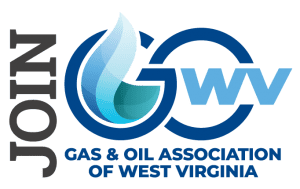Today, the U.S. Small Business Administration, in consultation with the U.S. Department of the Treasury, posted a revised, user-friendly Paycheck Protection Program loan forgiveness application implementing the PPP Flexibility Act of 2020. In addition to revising the full forgiveness application, the SBA also published a new “EZ” version of the forgiveness application applying to borrowers who:
• Are self-employed and have no employees; OR
• Did not reduce the salaries or wages of their employees by more than 25%, and did not reduce the number or hours of their employees; OR
• Experienced reductions in business activity as a result of health directives related to COVID-19 and did not reduce the salaries or wages of their employees by more than 25%
Details regarding the applicability of these provisions are available in the instructions to the new EZ application form. Both applications give borrowers the option of using the original 8-week covered period (if their loan was made before June 5, 2020) or an extended 24-week covered period. These changes will result in a more efficient process and make it easier for businesses to realize full forgiveness of their PPP loan.
Important Notes:
The following includes revised rules for the PPP program that President Trump signed into law on June 5, 2020
- The bill extends the period to use a PPP loan from 8 weeks to 24 weeks (or until Dec 31 if the 24 weeks would go beyond Dec 31, 2020)
- The bill reduces the amount of PPP proceeds that must be spent on payroll costs from 75 percent to 60 percent
- The bill increases the repayment period for PPP loans issued after enactment from 2 years to 5 years (for the portion not forgiven). Lenders and small businesses with PPP loans issued already would be allowed to modify to a 5-year repayment period if both agree, but they are not required to.
- The bill allows businesses that receive loan forgiveness from PPP to also defer their 2020 payroll tax and pay half in 2021 and half in 2022.
- The bill extends the rehiring date from June 30 to Dec. 31 for the purposes of having individuals back on payroll for loan forgiveness.
- Any business that qualifies for loan forgiveness based on the 8 week period in the original CARES Act can elect to keep that covered period so that they do not lose forgiveness because of the date change in this new bill.
- The bill creates a new exemption that allows businesses to obtain full loan forgiveness even if they don’t rehire all their workers by Dec 31 if they show an inability to rehire their employees or similarly qualified employees by the Dec 31 deadline.
- The bill creates another new exemption that allows businesses to obtain full loan forgiveness even if they don’t rehire all workers by Dec 31 if they show that the reason is due to state or local health restrictions. (For example, a restaurant that is only allow to use 50 percent of its capacity under a state health order could rehire 50 percent of its employees and still get full loan forgiveness).
- The bill extends the deferment period for delaying repayment of a PPP loan that is not forgiven from 6 months to 1 year.

